John Kessel of USA Volleyball recently laid out some of the best ways to help athletes to learn:
1. Athletes learn when they are SELF-motivated; intrinsic learning and guided discovery are vastly superior for retention/learning.
2. The reward of athletes is achieving the goal, so take advantage of that in your teaching process.
3. Deliberate practice, aka focused on what THEY are interested in, maximizes the learning process.
4. “Coopetition”, cooperation and competition, makes for the best learning by athletes. We learn best, and the most, when we collaborate with others.
5. That which you teach, you learn. The more athletes have to explain something to others, the better they get.
I also have a few to add, spurred on by being a dad of a six year old…
1. Coaches must get to know their athletes on a personal level if they truly want to maximize the coach-athlete experience. Since I know my daughter better than anyone else, I am able to use verbal and visual cues in ways that I know she understands.
2. At times, the time spent together with your athletes is almost as valuable as the lesson they are being taught (this is irrespective of seeing improvement). It sets the stage for deeper learning and deeper lessons to occur in the future.
3. If coaches are self-aware, they can learn as much from the athlete as the athlete learns from the coach. Teaching a 6 year old just about anything is a lesson in patience, joy and trials.
4. When she is struggling to grasp a concept or a skill, and she asks for help, I have started using the phrase, “Figure it out”, more and more. I think it is a “strategy” of Pat Summitt. It doesn’t always work, but when it does, it is magic. Forcing a child to process the solution to a problem is one of the best ways that she gets through tough issues. If all else fails, I will help, but only when she has exhausted her strategic output.
================================================================
I remember a story of a dad rummaging through his attic and came across a stack of journals he had accumulated through the years. As he flipped through years and years of thoughts and reflections, he came across a summer passage, stating, “Spent the day with my son fishing. We didn’t catch anything. What a waste of a day”. He paused and remembered something similar his son had wrote in his own journal. He compared the same date in his son’s journal. It read, “Spent the day fishing with my dad. We didn’t catch anything. Best day of my life.”
If there is one thing that she has taught me more than anything, it is just soaking up the time I have with her. It could be the most mundane, (seemingly) meaningless task, but to her, it could be the highlight of her day. Spending time coaching kids (and you big kids too) is as much about the training as it is about witnessing, and taking place in, human interaction.

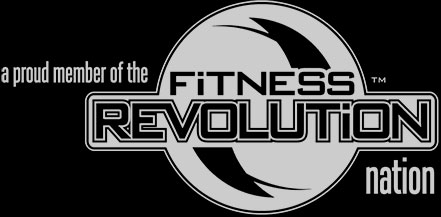
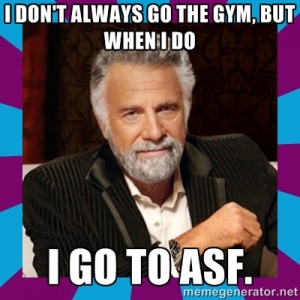
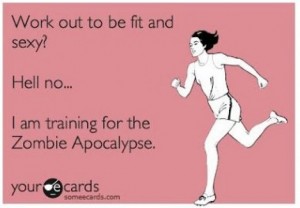
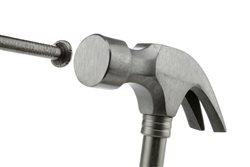
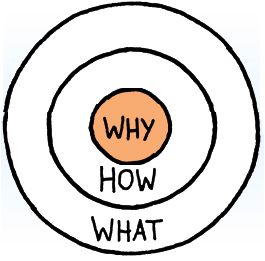
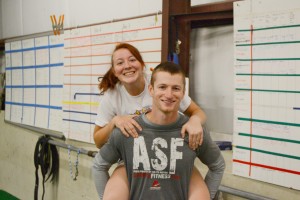
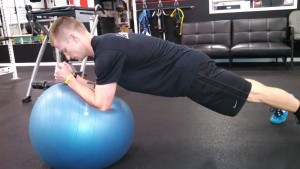
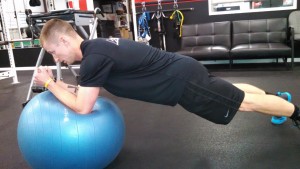
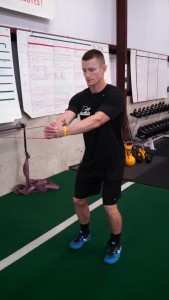


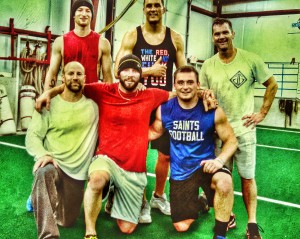
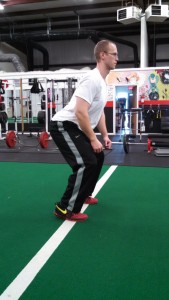 into the ground in a down and back fashion, and the ground pushes back on my leg up and forward. It is this continuous cycle of force application and redirection that leads to me moving forward.
into the ground in a down and back fashion, and the ground pushes back on my leg up and forward. It is this continuous cycle of force application and redirection that leads to me moving forward.